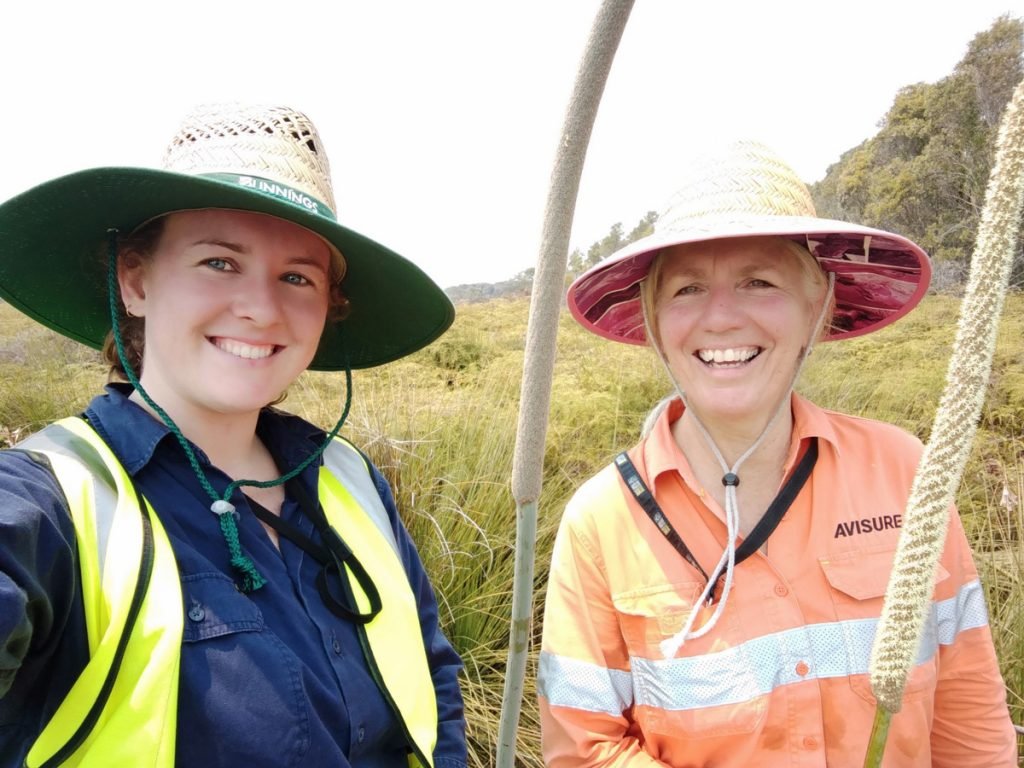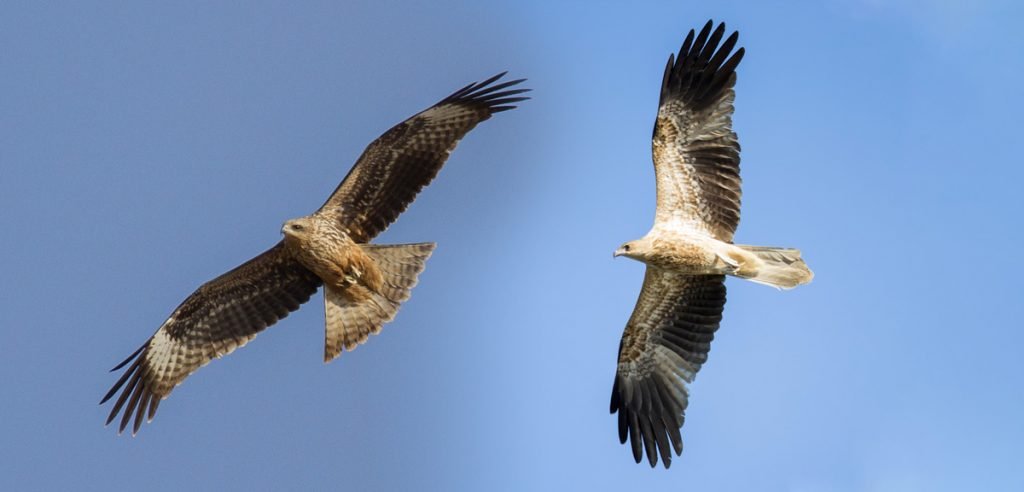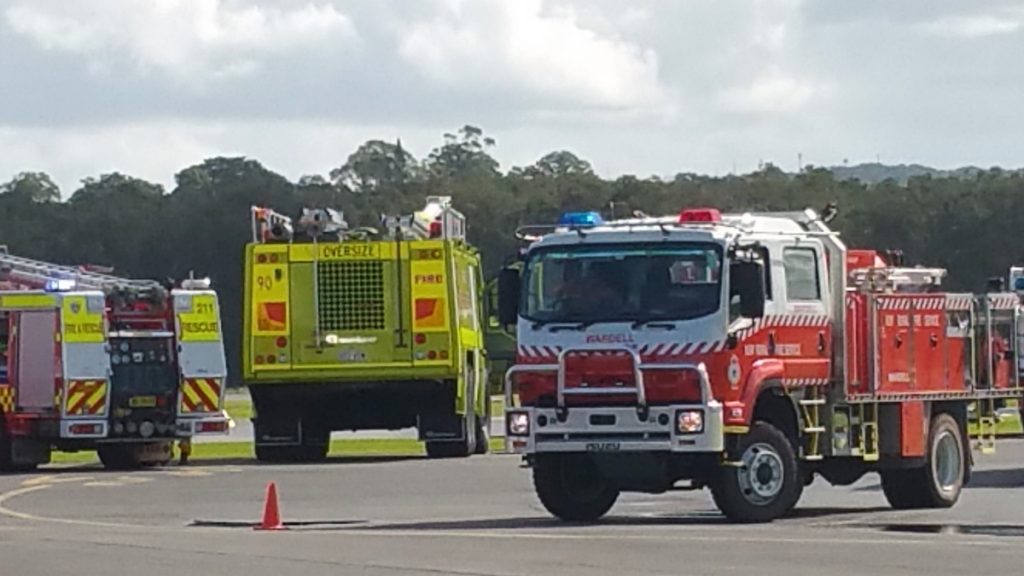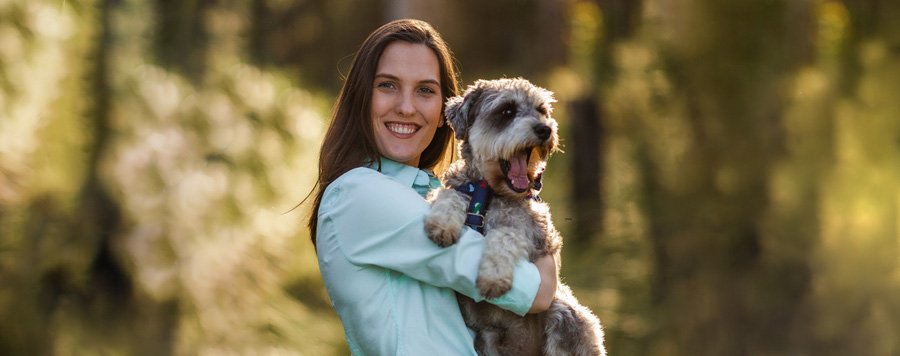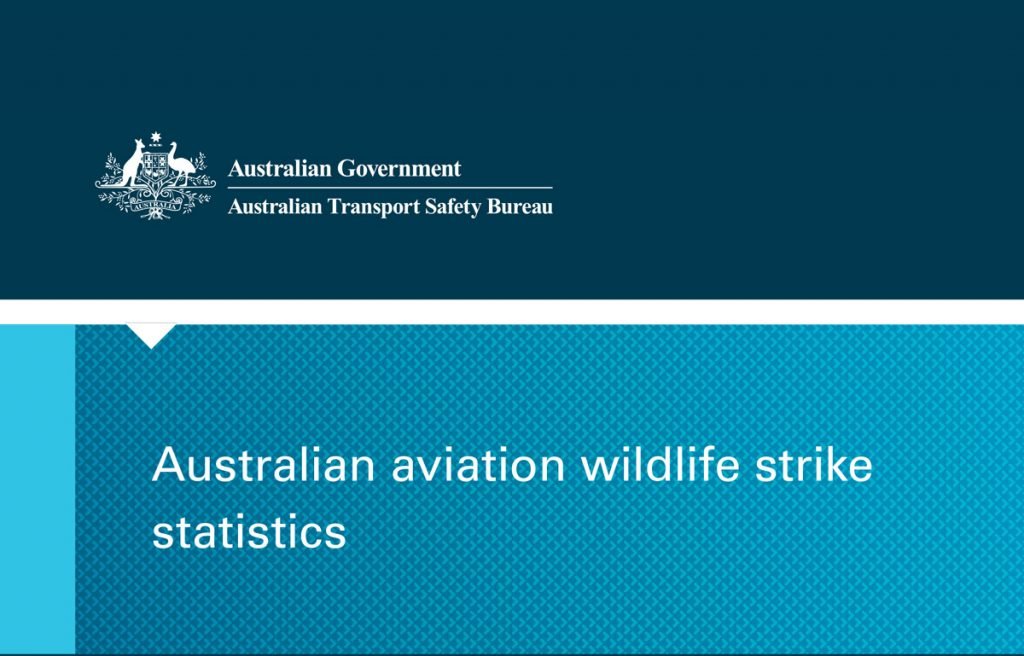New Zealand Airports Association Conference 2019
Picture: from l. to r.—Nicolaas, Tim, Jill and Anil. ‘An airport’s best friend: using dogs for wildlife hazard management’ Jill Brix, Avisure’s Principal Aviation Consultant, was invited to speak at the New Zealand Airports Conference 2019 held in Auckland on the 23-25th October. Jill presented ‘An airport’s best friend: using dogs for wildlife hazard management’ […]
New Zealand Airports Association Conference 2019 Read More »



